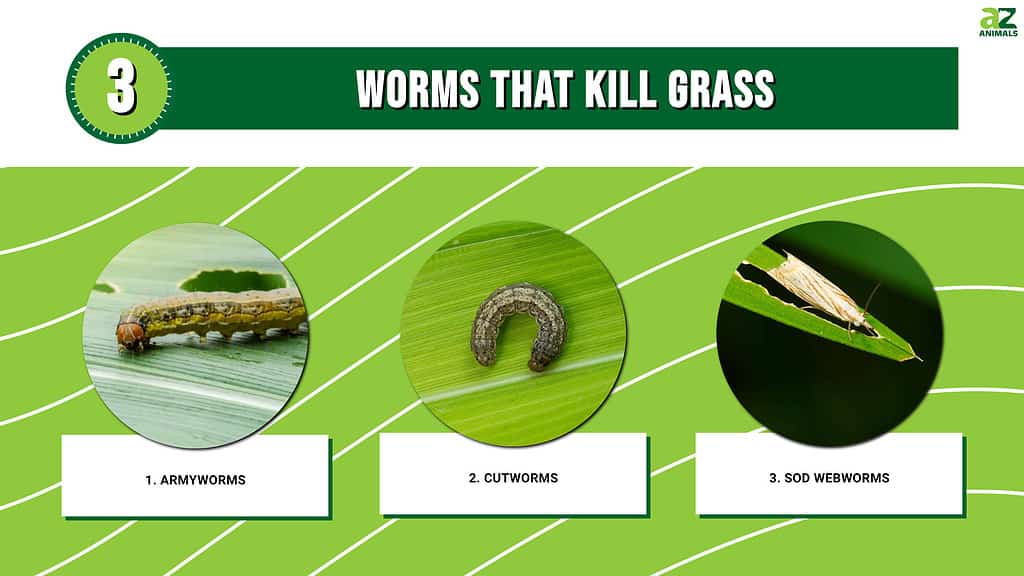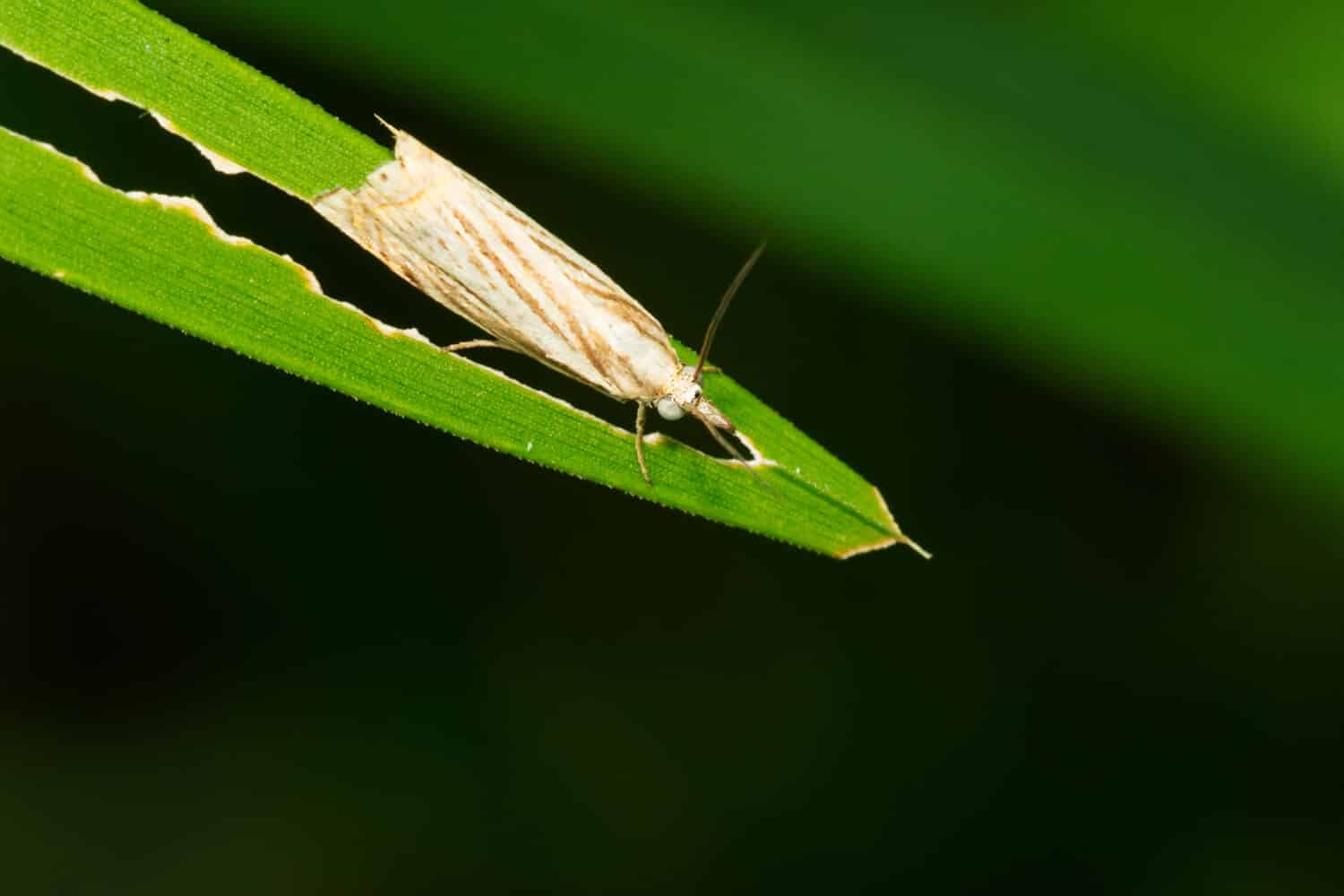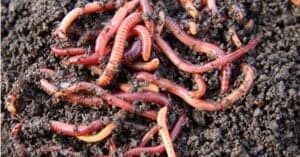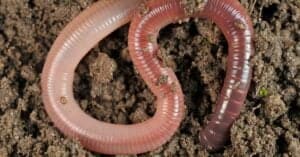You work hard to keep your lawn looking just right. But there may be little critters working against your efforts. Beware of these three worms that kill grass!

1. Armyworms
Scientific name: Spodoptera
Armyworms are caterpillars found in central and eastern North America and South America. They grow up to 2 inches long and in keeping with their name, they travel in an army formation. You may have vibrant green grass one day and notice that the next day your beautiful lawn has been under attack.
Armyworms can be found throughout the year unless there are freezing temperatures. They can’t survive if the winter gets too cold. These worms keep their army formation as they do their damage and quickly move on to another food source. They deplete it and head off to find yet another unsuspecting lawn.
Typically, pesticide applications help to prevent armyworm infestation but even if they have already attacked your grass, this pesticide application can help to ensure that your lawn is no longer a suitable feeding environment for armyworms. After applying the pesticide, a bit of seeding goes a long way to restore your lawn to its former glory.

Once an entire crop is destroyed, armyworms “march” together to search out other crops.
©kale kkm/Shutterstock.com
2. Cutworms
Scientific name: Noctuidae
Cutworms may be hiding in your lawn already. They don’t emerge until nightfall to feed. These are moth larvae that can grow up to 2 inches long. Their bodies are thick with black, gray, and brown colorations. They may have striped markings or spotted markings.
You might be able to tell that cutworms have been attacking your lawn if you notice that your blades of grass have been snacked on in an even pattern along the edges. Take a bit of soapy water to the damaged part of your lawn and pour it. If there are cutworms present, they emerge.
Use insect killers in the later part of the day when they are getting ready to emerge. If there has been a lot of damage to your lawn, you may need to reseed.

is also called the black cutworm.
©Maurien trabbold/Shutterstock.com
3. Sod Webworms
Scientific name: Crambus
Sod webworms dwell at the root of your lawn environment. They eat your grass and can get through quite a lot within just a couple of days. These are the larvae of lawn moths. If you’ve noticed those unsightly brown patches on your lawn, sod webworms may be the culprit.
When the sun starts to shine, these worms emerge. During the day, you may even be able to spot silky web tubes. These worms only grow to about 0.75 inches long. Using a product labeled specifically for sod webworms can help you get rid of any infestations. And whenever possible, rely on rainwater to keep your lawn hydrated.

Sod webworms are the larvae of lawn moths.
©Paul Reeves Photography/Shutterstock.com
Summary of 3 Worms That Kill Grass
Here’s a recap of the three worms that could be destroying the grass in your yard.
| Number | Worm | Scientific Name | Length |
|---|---|---|---|
| 1 | Armyworms | Spodoptera | Up to 2 inches |
| 2 | Cutworms | Noctuidae | Up to 2 inches |
| 3 | Sod Webworms | Crambus | About 0.75 inches |
The photo featured at the top of this post is © natthawut ngoensanthia/Shutterstock.com
Thank you for reading! Have some feedback for us? Contact the AZ Animals editorial team.






